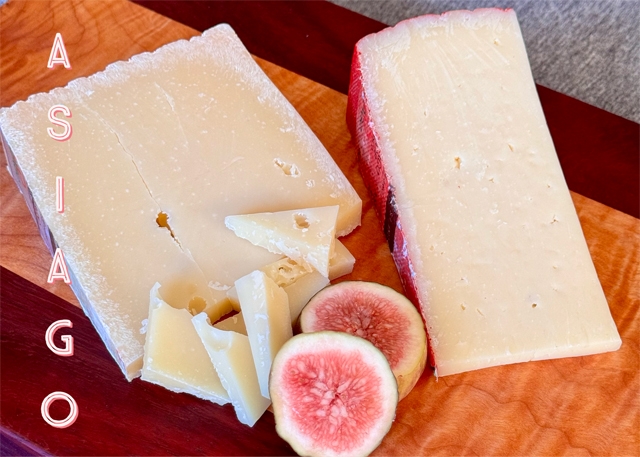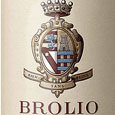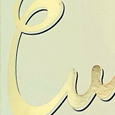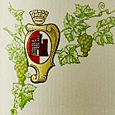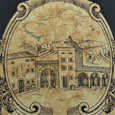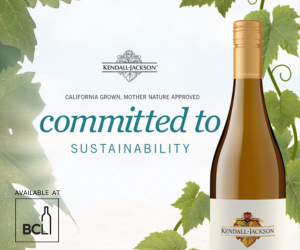Allison Spurrell has been in the retail cheese industry since 1987, when she founded the award-winning Vancouver cheese shop Les Amis du Fromage with her mother, Alice Spurrell.
Each month, Allison shares her formidable cheese knowledge with our avid newsletter followers who are as curious about cheese as they are about wine. This month, she looks at an iconic Italian cheese.
Cheese Name: Asiago DOP
Origin: Italy
Milk Type: Cow's milk.
Style: Firm cheese with varying textures depending on age.
Description: Asiago is a DOP-designated cow's milk cheese made in the northeastern Italian regions of Veneto and Trentino-Alto Adige. The DOP designation plays a large part in describing Asiago. Like AOP or PDO, this term is a translation or slight variation of 'Protected Designation of Origin.' The designation is reserved for traditional agricultural products, from wine and cheese to dry peppers or even onions! DOP is used in Italy, AOP in France, and PDO is used all over Europe. Once a product meets all the criteria and receives DOP status, the consumer is assured that when they buy a bottle of wine or a piece of cheese with a DOP, they buy a traditional product from its protected origin.
Unfortunately, in the case of Asiago, it is much more complicated. During the early 1900s, many people of Italian ancestry moved to other countries. When they moved, many of them took their food traditions with them. Because of this migration, cheeses called Asiago are being made in several other countries. Multiple companies in the US and Canada have been making cheeses called Asiago for many decades.
In Europe, the names of DOP cheeses are respected by other countries, so, in turn, their DOP /AOP or PDO products are respected. The same can't be said for countries outside of the EU. Today, a consorzio, made up of different people in the cheese industry across Italy, works to uphold the standards of the Asiago name. They promote, educate, and maintain the rich history of Asiago, as well as guaranteeing the cheese is made under the DOP standards. In the past few decades, they have tried multiple times to trademark the name Asiago worldwide so that it can't be used in countries other than Italy, where it would be made in the traditional areas. They failed.
The US countered that Asiago is a generic term for grating cheese and that it is made in multiple countries by multiple companies. What this means for consumers is that you have to shop carefully if you want to purchase Italian Asiago. The 10-12 kilo wheels are marked on the rounded outside edge of the wheels like many other Italian cheeses such as Parmigiano Reggiano, Grana Padano, etc. It is a good way for you to tell that you have authentic Italian Asiago when you can see the Asiago name running down the side of the cheese (not the top and bottom, which are flat, but the curved outside edge). If you can see a whole piece of the wheel, the label on the top will specify the Asiago DOP, including the DOP symbol.
Many American and Canadian versions of Asiago have a brown or black wax coating. They also tend to have a very white paste, while Italian versions look more cream-coloured. More to come about what makes them different in the tasting notes. Italian Asiago is always followed on the label with an aging distinction. There are two general ages: Pressato and d'Allevo. Pressato means pressed and describes a newly pressed cheese intended to be eaten young. These wheels are made with whole milk and are aged as little as three months. The paste is dotted with many irregular small holes.
D'Allevo wheels are cheeses intended to age. They are made with whole and skim milk and come in three ages: Mezzano, aged 6-9 months; Vecchio, aged 10-15 months; and Stravecchio, aged 15+ months. The paste is straw-coloured, gets slightly darker as it ages, and loses moisture. The texture is firm and smooth, without many holes.
Tasting Notes: Asiago is considered a mountain cheese, and the aged wheels certainly have some of the nutty, slightly fruity flavours you would associate with that name.
Mezzano is nutty, slightly floral, and quite subtle. Vecchio is still nutty but with some more sharpness but not much saltiness. The paste is more brittle but easy to cut without crumbling too much. When you get a wheel aged to Stravecchio level, the sharper, saltier notes become more noticeable, and any fruity notes have receded. The texture is much harder, and it would be easy to shave a thin piece or grate it, although I don't think of Asiago as a cooking cheese, but much more of a table cheese.
Asiago Pressato has a different texture and flavour. The paste is creamier and softer, and the taste is more about fresh milk, with a tangy, slightly sour finish. I have never found a wine this doesn't pair well with. Although it is one of my favourites for pairing, it can be hard to find. It comes in such a large wheel and doesn't keep as well as the aged versions, so stores shy away from carrying it. It is delicious, though, so worth searching out.
Now, to the difference between American and Canadian versions of Asiago. There is nothing wrong with them. They bear little resemblance to Asiago from Italy. They are made exclusively as grating cheese and tend to have a very sharp, almost acidic flavour. They remind me more of Pecorino Romano than Asiago, with that salty, acidic, and slightly overpowering taste, nothing like Italian Asiago's subtler flavours and aromas. Maybe a taste test is in order next time you feel like conducting a science experiment. Which do you prefer and why? And for what applications?
Pairing: Italian Asiago is tasty and delicious but not very pronounced in flavour. I would pair it with a delicate preserve – think fig, pear and apricot or something savoury, like fresh olives or toasted, lightly salted hazelnuts.
Enjoy exploring an Italian cheese to match the Italian wines featured at this year's Vancouver International Wine Festival.
GOW recommended wine pairings:

 quicksearch
quicksearch

